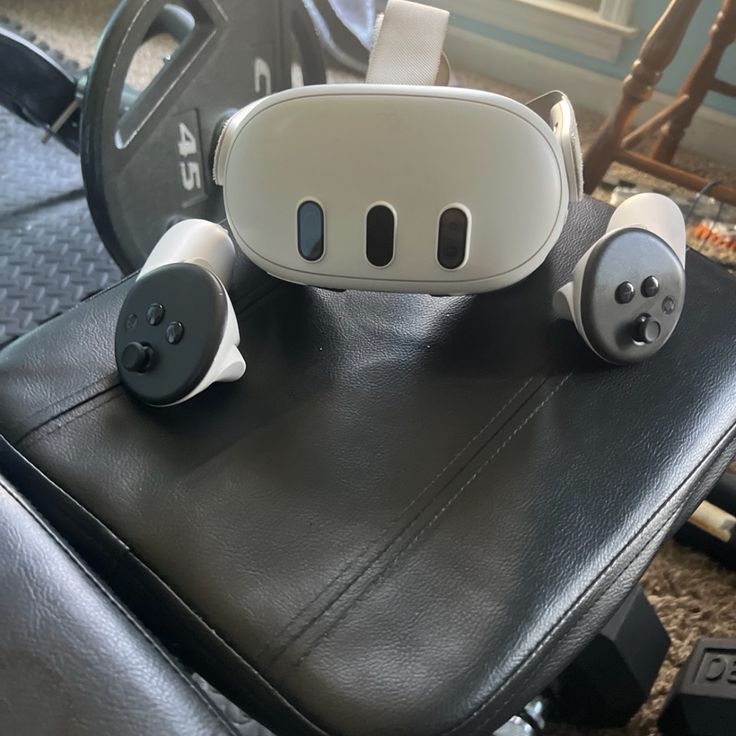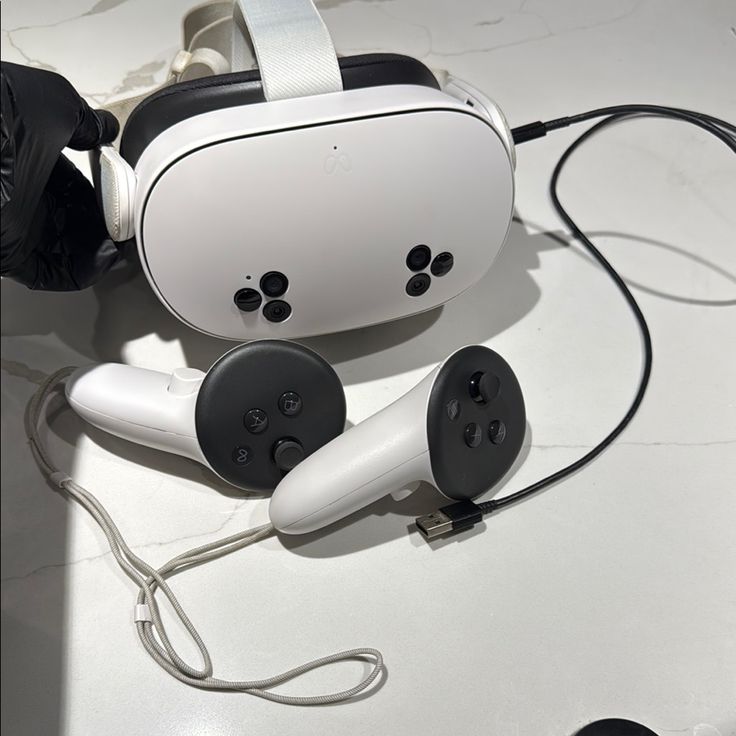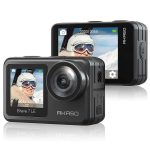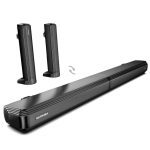Understanding the Appeal of Cheapest VR Headset
Virtual reality (VR) has revolutionized how we interact with digital content, offering immersive experiences across gaming, education, and entertainment. However, premium VR headsets often come with hefty price tags, making them inaccessible to many enthusiasts. This is where cheapest VR headset shine—they provide a gateway to this exciting technology at a fraction of the cost. Whether you’re a gamer looking to experiment, a student exploring educational simulations, or simply someone curious about VR, these budget-friendly options cater to various needs. With so many choices available, finding the right one can be daunting. In this guide, we’ll explore top picks under $100, highlighting their features, benefits, and suitability for different users.

Key Features to Look for in Affordable VR Headsets
When shopping for a budget-friendly VR headset, certain features are non-negotiable. First, consider display resolution. While high-end models boast 4K clarity, budget headsets typically offer resolutions ranging from 800×400 to 1920×1080 pixels per eye. For basic applications like watching videos or playing simple games, this level of clarity suffices. Next, evaluate comfort. Lightweight designs paired with adjustable straps ensure prolonged use without discomfort. Compatibility is another critical factor. Many affordable VR headsets work seamlessly with smartphones, leveraging existing devices for content streaming. Lastly, assess motion tracking capabilities. Some entry-level models include basic sensors for interactive experiences, while others rely on external controllers for enhanced functionality. By prioritizing these aspects, you can narrow down your options effectively.
Popular Choices
Several brands dominate the market when it comes to affordable VR solutions. One standout option is the Oculus Go successor, now rebranded as Meta Quest Entry Edition. Priced competitively, this standalone device offers wireless freedom and access to a growing library of apps and games. Another popular choice is the Samsung Gear VR, which pairs with select Android devices to deliver a more polished experience. For those seeking simplicity, Google Cardboard remains a cost-effective solution, though its durability and feature set are limited compared to other picks. Additionally, brands like Pico and Homido have entered the budget VR space, offering innovative designs and improved performance. Each of these options caters to specific user preferences, ensuring there’s something for everyone.
Benefits of Choosing a Budget-Friendly VR Device
Selecting a cheapest VR headset brings numerous advantages beyond just saving money. These devices serve as excellent entry points for newcomers exploring virtual reality. They allow experimentation with different types of content—ranging from educational simulations to entertainment—without significant financial investment. Additionally, affordability means families can purchase multiple units for shared use, enhancing group activities. For instance, parents and children can enjoy VR-based learning experiences together, fostering collaboration and engagement. Furthermore, advancements in mobile technology have improved the overall performance of budget VR headsets, narrowing the gap between them and their pricier counterparts. With such progress, even low-cost options provide satisfying results.

Tips for Maximizing Your Cheapest VR Headset Experience
To get the most out of your affordable VR headset, follow a few practical tips. Start by calibrating your device properly to ensure optimal alignment during use. Misalignment can lead to blurry visuals or discomfort, so taking the time to adjust settings pays off. Regular cleaning of lenses and straps extends the product’s lifespan and maintains hygiene, especially if multiple people share the device. Downloading recommended apps or games tailored to your interests maximizes enjoyment. Explore free resources like YouTube VR channels or educational platforms to expand your content library without additional costs. Also, join community forums where enthusiasts share creative hacks and customizations for enhancing functionality. Finally, stay updated on firmware updates that may introduce new features or improve stability. These steps guarantee a smoother and more engaging experience overall.
Addressing Common Concerns About Low-Cost VR Devices
Quality Perception and Realistic Expectations
A common concern among potential buyers is whether entry-level VR devices can deliver satisfactory quality. While it’s true that budget headsets don’t include the advanced features of high-end models, they excel in delivering value within their intended scope.
For casual users, basic gaming experiences and video playback function smoothly on these devices, providing an enjoyable and immersive experience without unnecessary complexity.
Understanding the target audience for low-cost VR—such as beginners or occasional users—helps set realistic expectations about performance and capabilities.
Compatibility with Modern Platforms
Many consumers worry about compatibility issues when purchasing cheaper VR headsets. However, manufacturers are increasingly designing products to integrate seamlessly with popular platforms like iOS and Android.
Most affordable VR devices now support a wide range of smartphones, ensuring that users can leverage existing technology to enjoy VR content without needing additional hardware.
This compatibility makes budget-friendly VR more accessible to a broader audience, reducing barriers to entry for first-time users.
Reliability of Customer Support
Another frequent concern revolves around customer support for low-cost VR devices. Buyers often fear inadequate assistance if problems arise.
Fortunately, many companies have expanded their customer service networks to address issues quickly and efficiently. Whether through online chat support, email, or phone, users can expect prompt resolutions to technical difficulties.
Reliable customer support adds peace of mind to the purchasing process, encouraging confidence in choosing budget-friendly options.

Rapid Evolution of VR Technology
It’s important to remember that VR technology evolves at an astonishing pace. What might seem like a limitation in today’s budget headsets could very well be considered standard in tomorrow’s offerings.
Innovations such as improved resolution, better motion tracking, and enhanced comfort features are continually being integrated into even the most affordable models.
Staying informed about advancements in the field ensures that early adopters of budget VR won’t miss out on future improvements, as upgrades often make older models feel surprisingly capable over time.
Value for Money and Long-Term Potential
Beyond immediate functionality, budget VR headsets offer excellent value for money. They serve as an ideal starting point for those curious about virtual reality but hesitant to invest heavily upfront.
As users grow accustomed to VR, they may upgrade to higher-tier models later, using their initial experience as a foundation for deeper exploration.
Recognizing the long-term potential of entry-level devices helps shift focus from perceived limitations to their role as stepping stones toward greater engagement with VR technology.
By addressing these common concerns and emphasizing the strengths of low-cost VR devices, potential buyers can approach their decision-making process with clarity and confidence. These budget-friendly options not only meet essential needs but also pave the way for further exploration in the ever-evolving world of virtual reality.
Future Trends in Budget VR Technology
Wireless Connectivity Revolutionizing Mobility
One of the most significant advancements shaping budget VR technology is the improvement in wireless connectivity. As we move closer to 2025, manufacturers are focusing on eliminating the constraints of tethered setups by enhancing Wi-Fi capabilities and integrating advanced wireless protocols like Wi-Fi 6E or even future iterations. This shift not only improves user convenience but also broadens the range of applications for budget VR headsets, from gaming to virtual meetings. Wireless solutions reduce clutter and allow users to experience immersive environments without physical limitations, making them more appealing to casual and professional users alike.
Narrowing the Resolution Gap with Display Innovations
Historically, one of the primary distinctions between budget and premium VR devices has been display quality. However, recent breakthroughs in display technology aim to close this gap significantly. Newer models feature higher resolutions, improved pixel density, and faster refresh rates at a fraction of the cost associated with top-tier devices. OLED microdisplays and other cutting-edge technologies are being adapted for entry-level devices, ensuring that users can enjoy crisp visuals without breaking the bank. These enhancements make budget VR headsets increasingly competitive and attractive to a wider audience.
AI Integration for Enhanced User Interfaces
Artificial intelligence (AI) is set to play a pivotal role in transforming how users interact with budget VR systems. By incorporating AI-driven algorithms, developers can create intuitive and adaptive interfaces that simplify navigation and interaction processes. For instance, AI can analyze user behavior to personalize settings, streamline menus, and provide real-time assistance during gameplay or educational experiences. This level of sophistication was once reserved for high-end devices but is now becoming accessible in affordable options, empowering users with smarter and more responsive VR experiences.

Increased Competition Driving Value
The growing competition among manufacturers is another driving force behind the evolution of budget VR technology. With more companies entering the market, prices continue to drop while features improve. Consumers benefit from this rivalry as brands strive to differentiate themselves through innovative offerings. For example, some upcoming models include features previously exclusive to premium devices, such as eye-tracking technology, hand gesture recognition, or spatial audio enhancements. These additions enrich the overall experience, making budget VR headsets capable of delivering experiences that rival their more expensive counterparts.
Emerging Features Bridging the Gap
Specific emerging features are reshaping what users can expect from budget VR headsets. Eye-tracking technology, for instance, allows for more precise interactions within virtual environments, reducing motion sickness and improving focus on critical elements. Spatial audio enhancements take immersion to the next level by creating realistic three-dimensional soundscapes, which were traditionally limited to high-end setups. These features, combined with advancements in haptic feedback and motion controllers, ensure that budget VR headsets remain relevant and exciting for both casual users and enthusiasts.
Staying Ahead of the Curve
Keeping up with these trends is crucial for anyone looking to invest in VR technology. As advancements continue to democratize access to high-quality virtual experiences, staying informed ensures you select a device that aligns with your needs and budget. Whether it’s understanding the benefits of wireless connectivity, appreciating the impact of AI integration, or recognizing the value added by emerging features, knowledge empowers you to make smarter purchasing decisions. By embracing these developments, you position yourself at the forefront of an ever-evolving industry, ready to enjoy the best that budget VR has to offer.

Conclusion
Purchasing the cheapest VR headset represents not only a smart financial decision, but also an opportunity to embrace cutting-edge technology. From immersive gaming to educational tools, these devices offer diverse applications suitable for all ages. By considering factors like resolution, comfort, compatibility, and motion tracking, you’ll identify the perfect match for your requirements. Remember, advances in budget VR continually push boundaries, delivering better experiences year after year. Embrace this transformative medium and unlock endless possibilities—all without breaking the bank. Whether you’re a tech enthusiast, educator, or casual user, the world of VR awaits, ready to captivate and inspire.








